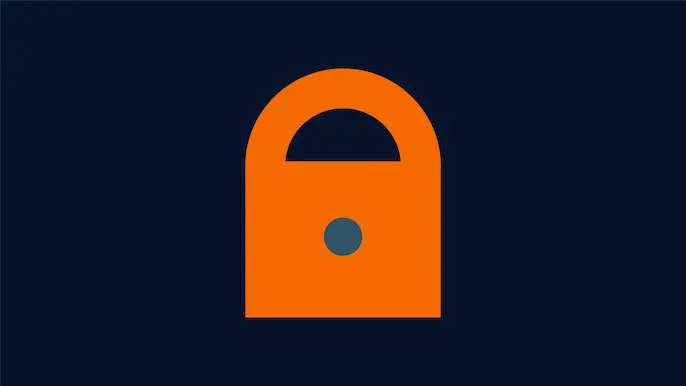
API Penetration Testing
NetSPI’s API penetration testing encompasses testing the network and system layers in addition to the application tier. It includes applying business logic and sophisticated manual techniques to manipulate the API(s) as well as comprehensive vulnerability scanning, manual testing, and verification of exploitable and high-severity vulnerabilities.
API Penetration Testing Benefits
Websites and applications are becoming increasingly complex, requiring more API calls to meet the desired functionality. While this creates a great UX for customers, it also results in more pathways that malicious actors can use to access an environment. API pentesting is critical for a modern security program. It helps security and development teams inventory their API(s), evaluate them for security vulnerabilities, and provide actionable recommendations for focused improvement to overall security posture.
Focuses of Our API Penetration Testing
- Attacking API authentication mechanism(s)
- Identifying access control weaknesses
- API server security configuration testing
- Analyzing exposed information to identify excessive data exposure
- API endpoint fuzzing
- Identifying server-side request forgery (SSRF) issues
- Rate limiting functionality testing

Featured Resources

Getting Started with API Security Best Practices
API security has become a top priority and NetSPI’s API pentesting can help you get started with API security best practices.

Proactive Security Vision Report 2023
NetSPI’s Proactive Security Vision Report analyzes 300,000+ pentest engagements to prioritize the most important attack surfaces and vulnerabilities.

Industry Leaders Weigh in on the 2023 OWASP API Security Top 10
We asked NetSPI’s Partners for their take on the latest changes to the 2023 OWASP API Security Top 10. Here’s what they said.
You Deserve The NetSPI Advantage

Security Experts
- 300+ pentesters
- Employed, not outsourced
- Domain expertise

Intelligent Processes
- Programmatic approach
- Strategic guidance
- Delivery management team

Advanced Technology
- Consistent quality
- Deep visibility
- Transparent results

